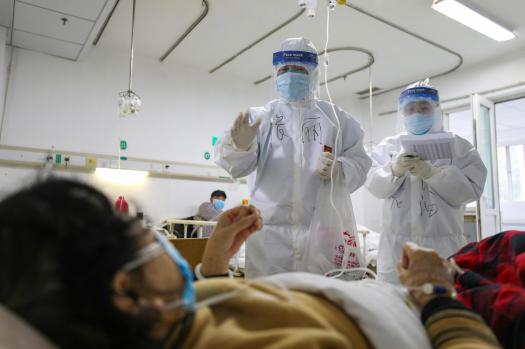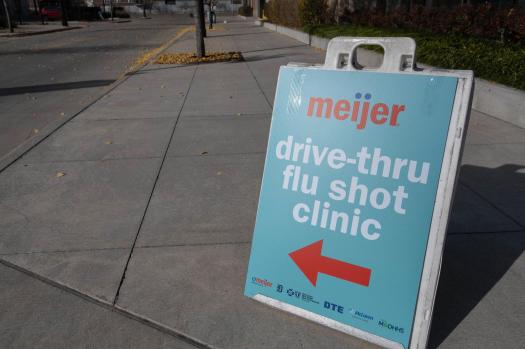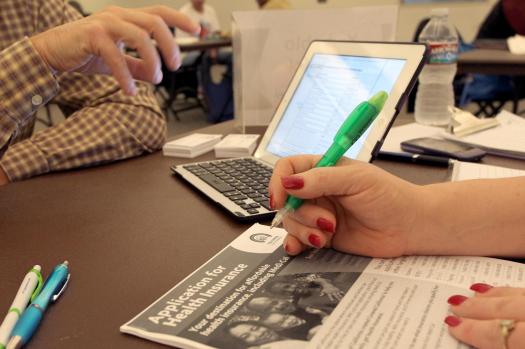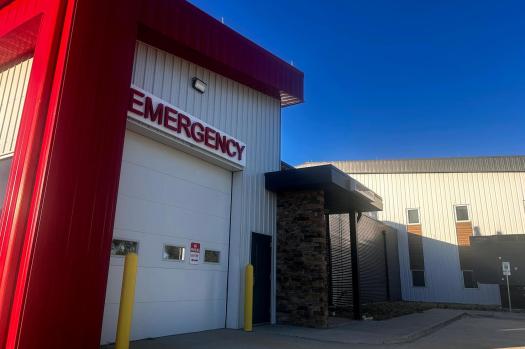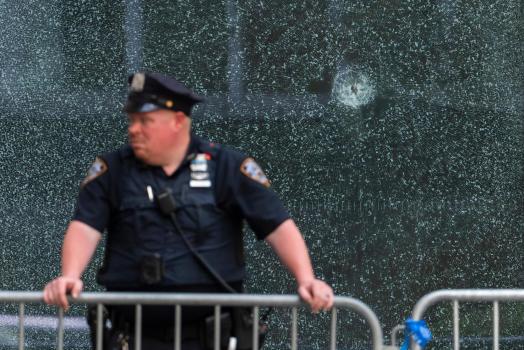Written by AP Medical Writer Maria Cheng
London (AP) Scientists still don’t know how the biggest health disaster in a century started, according to the final study released Friday by an expert group that the World Health Organization tasked with looking into how the COVID-19 epidemic started.
The group’s chair, Marietjie Venter, stated during a press briefing on Friday that the majority of scientific evidence points to the novel coronavirus’s migration from animals to people.
The first WHO expert group that looked into the causes of the pandemic came to the same conclusion in 2021: the virus most likely transmitted from bats to people through another intermediate mammal. WHO stated at the time that there was very little chance of a lab leak.
Despite repeated requests for hundreds of genetic sequences and more detailed biosecurity information to be provided to the Chinese government, Venter said that after more than three years of work, WHO’s expert group was unable to obtain the data needed to determine whether or not COVID-19 was the result of a lab accident.
As a result, she stated, this idea could neither be examined nor ruled out. It was judged to be highly speculative, based on political beliefs rather than scientific evidence. According to her, the 27-person group was unable to come to an agreement; three members requested that their names be taken off the report, and one member departed earlier this week.
According to Venter, there was no proof that COVID-19 had been altered in a laboratory and no proof that the virus had been circulating outside of China prior to December 2019.
The origins of how SARS-CoV-2, the technical name for the COVID-19 virus, infiltrated human populations will remain unclear until further scientific data is known, Venter stated.
Given that COVID killed at least 20 million people, destroyed at least $10 trillion from the global economy, and disrupted the lives of billions more, WHO Director-General Tedros Adhanom Ghebreyesus stated that it was morally necessary to ascertain how the virus started.
Related Articles
-
RFK Jr. s made promises about vaccines. Here s what he s done as health secretary
-
Thimerosal: What to know about the preservative from a bygone flu-shot debate
-
We are still here, yet invisible : Study finds that US government has overestimated Native American life expectancy
-
States can cut off Medicaid funding to Planned Parenthood, the Supreme Court rules
-
Kennedy says US is pulling funding from global vaccine group Gavi
According to the AP last year, WHO may have lost early chances to look into the origins of COVID-19, and the Chinese authorities halted significant local and international efforts to track the virus’s origins in the opening weeks of the 2020 outbreak.
Although a U.S. intelligence review concluded that there was not enough evidence to support the idea, U.S. President Donald Trump has long attributed the coronavirus’s genesis to a laboratory mishap in China.
The possibility that the pandemic originated in a laboratory has been consistently rejected by Chinese officials, who claim that other nations should be tasked with investigating its origins.
Researchers narrowed down a short list of animals, including bamboo rats, racoon dogs, and civet cats, that they believe may have transmitted COVID-19 to people in September.
The Robert Wood Johnson Foundation and the Department of Science Education of the Howard Hughes Medical Institute provide support to the Associated Press Health and Science Department. All content is entirely the AP’s responsibility.
